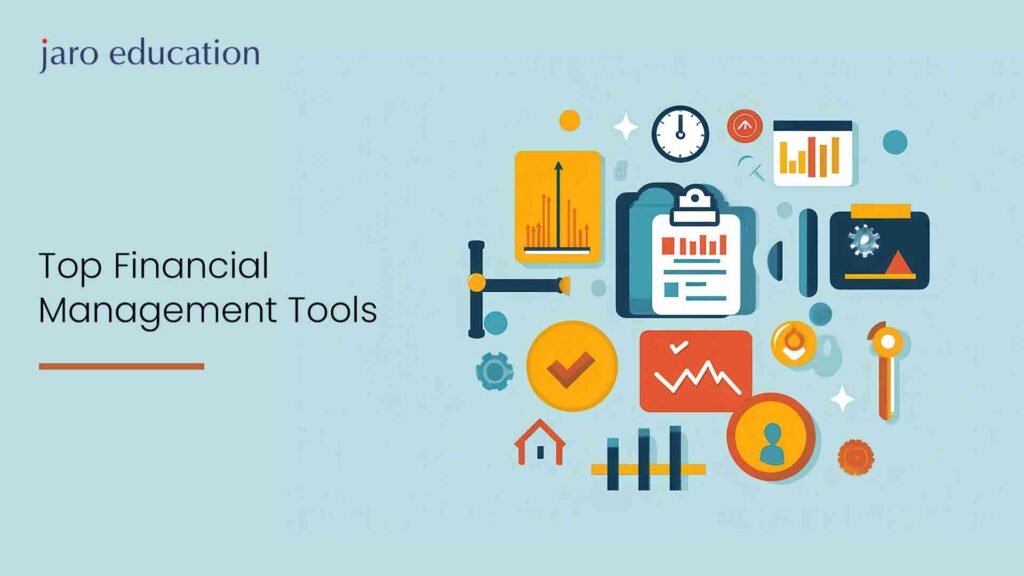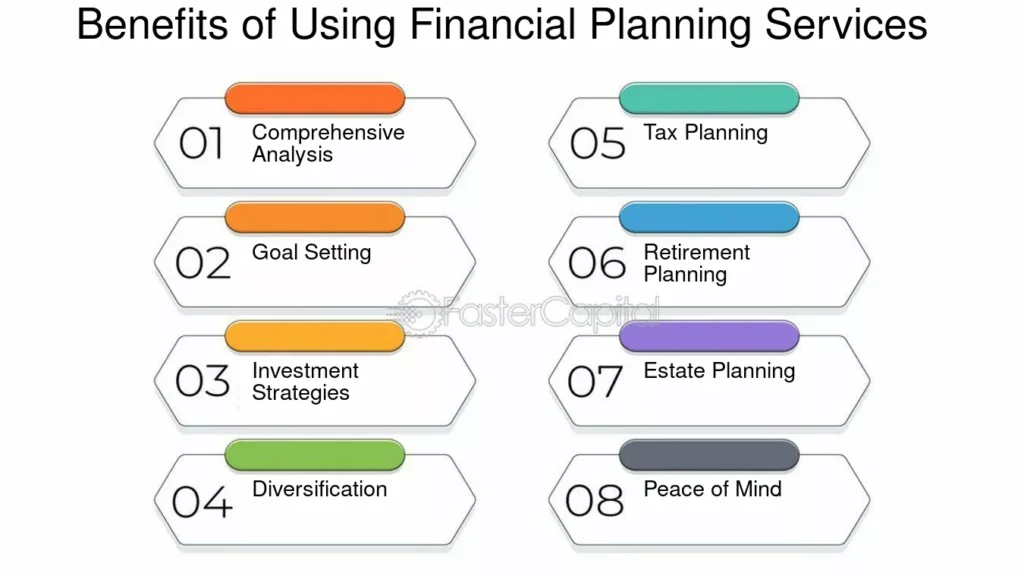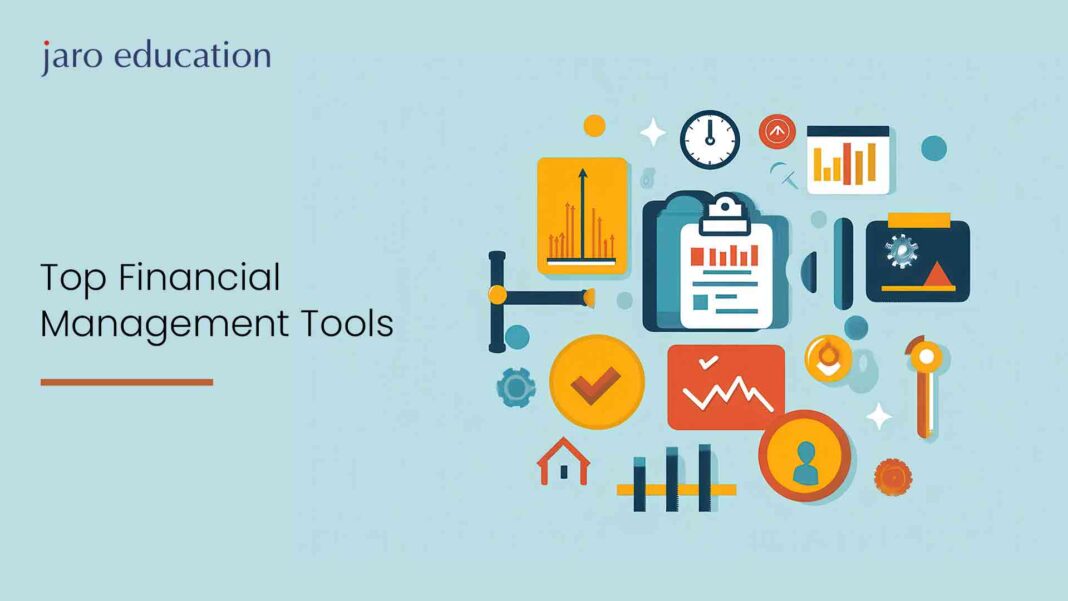Financial Tools and Services: Empowering Your Financial Future
In today’s fast-paced and complex financial landscape, having access to the right tools and services is essential for individuals and businesses alike. From budgeting apps and investment platforms to advisory services and automated tools, financial solutions are designed to simplify money management and enhance financial literacy. This article explores the wide array of financial tools and services available, their benefits, and how they can be leveraged to secure a prosperous financial future.

What Are Financial Tools and Services?
Financial tools are applications, software, or systems that help users manage, track, and optimize their financial activities. Financial services, on the other hand, are professional offerings that include banking, investment advisory, tax preparation, insurance, and wealth management. Together, these tools and services aim to provide users with insights, convenience, and strategies to manage their finances effectively.
Types of Financial Tools
1. Budgeting Tools:
1. Budgeting Tools:
- Designed to help users track income and expenses, set savings goals, and monitor spending habits.
- Examples:
- Mint: A popular app for tracking expenses and creating budgets.
- YNAB (You Need A Budget): Focuses on proactive budgeting.
2. Investment Platforms:
- Provide users with the ability to invest in stocks, bonds, mutual funds, and more.
- Examples:
- Robinhood: A commission-free trading platform.
- Vanguard: Known for low-cost mutual funds and ETFs.
3. Debt Management Tools:
- Assist users in planning and tracking debt repayment, including loans and credit card balances.
- Examples:
- Undebt.it: Helps create a personalized debt repayment plan.
- Tally: Consolidates and automates credit card payments.
4. Retirement Planning Tools:
- Help individuals estimate how much they need to save for retirement and track progress.
- Examples:
- Personal Capital: Offers retirement and investment tracking.
- Fidelity Retirement Score: Provides a free analysis of retirement readiness.
5. Tax Preparation Tools:
- Simplify tax filing by organizing financial data and identifying deductions.
- Examples:
- TurboTax: A leading tax software for individuals and businesses.
- H&R Block: Offers both DIY and professional tax preparation services.
6. Expense Management Tools for Businesses:
- Designed for tracking, categorizing, and controlling business expenses.
- Examples:
- Expensify: Simplifies expense reporting and reimbursement.
- Zoho Expense: Offers comprehensive expense tracking for small businesses.
Types of Financial Services
1. Banking Services:
- Include checking and savings accounts, loans, credit cards, and online banking.
- Banks like Chase, Bank of America, and HSBC offer a range of financial products to suit diverse needs.
2. Investment Advisory Services:
- Provide guidance on building and managing an investment portfolio.
- Robo-advisors like Betterment and Wealthfront use algorithms to offer low-cost, automated investment management.
3. Tax Advisory Services:
- Help individuals and businesses minimize tax liabilities and comply with regulations.
- Tax professionals assist with filing, strategic planning, and audit support.
4. Insurance Services:
- Offer protection against risks through life, health, auto, and property insurance policies.
- Companies like Geico, Allstate, and Prudential provide customized insurance solutions.
5. Wealth Management Services:
- Cater to high-net-worth individuals, offering personalized financial planning and investment strategies.
- Firms like Morgan Stanley and Goldman Sachs specialize in wealth management.
6. Payment Processing Services:
- Enable businesses to accept payments through various methods, including credit cards and digital wallets.
- Companies like PayPal, Stripe, and Square dominate this space.
Benefits of Financial Tools and Services
1. Improved Financial Organization:
- Centralize all financial data in one place for easy access and monitoring.
- Provide real-time insights into financial health.
2. Time Efficiency:
- Automate tasks like bill payments, investment rebalancing, and tax calculations.
- Reduce the time spent on manual record-keeping and reporting.
3. Informed Decision-Making:
- Use analytics and reporting features to gain a deeper understanding of financial patterns.
- Receive personalized recommendations for optimizing savings, investments, and debt management.
4. Cost Savings:
- Identify unnecessary expenses and inefficiencies.
- Lower costs through fee comparison tools and automated solutions.
5. Enhanced Security:
- Many financial tools employ encryption and two-factor authentication to protect sensitive data.
6. Accessibility and Convenience:
- Cloud-based tools enable users to manage finances anytime, anywhere.
- Mobile apps provide on-the-go access to financial information.
How to Choose the Right Financial Tools and Services
1. Assess Your Needs:
- Identify your financial goals, such as saving for retirement, paying off debt, or managing business expenses.
- Determine whether you need personal or business-focused solutions.
2. Research and Compare Options:
- Look for tools and services that align with your objectives.
- Compare costs, features, and user reviews to make an informed decision.
3. Evaluate Ease of Use:
- Opt for intuitive platforms that offer user-friendly interfaces and tutorials.
- Test free trials or demos where available.
4. Check Integration Capabilities:
- Ensure the tool integrates with your bank accounts, investment platforms, or accounting software.
5. Consider Security Features:
- Look for platforms with robust security measures to safeguard your financial data.

The Role of Technology in Financial Tools and Services
1. Artificial Intelligence (AI):
- AI-powered chatbots provide personalized financial advice and support.
- Predictive analytics help forecast spending patterns and investment returns.
2. Blockchain Technology:
- Enhances security and transparency in financial transactions.
- Facilitates decentralized finance (DeFi) solutions for peer-to-peer lending and investing.
3. Cloud Computing:
- Enables secure, real-time access to financial tools from any device.
- Reduces the need for expensive hardware and software installations.
4. Mobile Technology:
- Mobile apps make it easier to manage finances on the go.
- Push notifications ensure users stay informed about account activity and deadlines.
5. Machine Learning:
- Automates processes like fraud detection and credit scoring.
- Provides users with tailored recommendations based on their financial behavior.

Challenges in Using Financial Tools and Services
1. Data Privacy and Security:
- Sensitive financial information can be vulnerable to breaches.
- Users must ensure tools comply with industry standards for data protection.
2. Cost:
- Subscription fees for premium services may not be affordable for all users.
- Free tools may have limited functionality or intrusive advertisements.
3. Complexity:
- Advanced tools can have a steep learning curve, requiring time and effort to master.
4. Over-Reliance on Automation:
- Users may overlook errors or fail to review automated decisions.
5. Integration Issues:
- Not all tools integrate seamlessly with existing financial systems or accounts.
Conclusion
Financial tools and services are indispensable in today’s world, providing individuals and businesses with the resources needed to achieve financial stability and growth. From budgeting and investing to tax preparation and wealth management, these solutions simplify complex tasks and enhance financial literacy. By choosing the right tools and leveraging professional services, users can make informed decisions, optimize resources, and secure their financial future. As technology continues to advance, the landscape of financial tools and services will evolve, offering even greater opportunities for efficiency and success.


